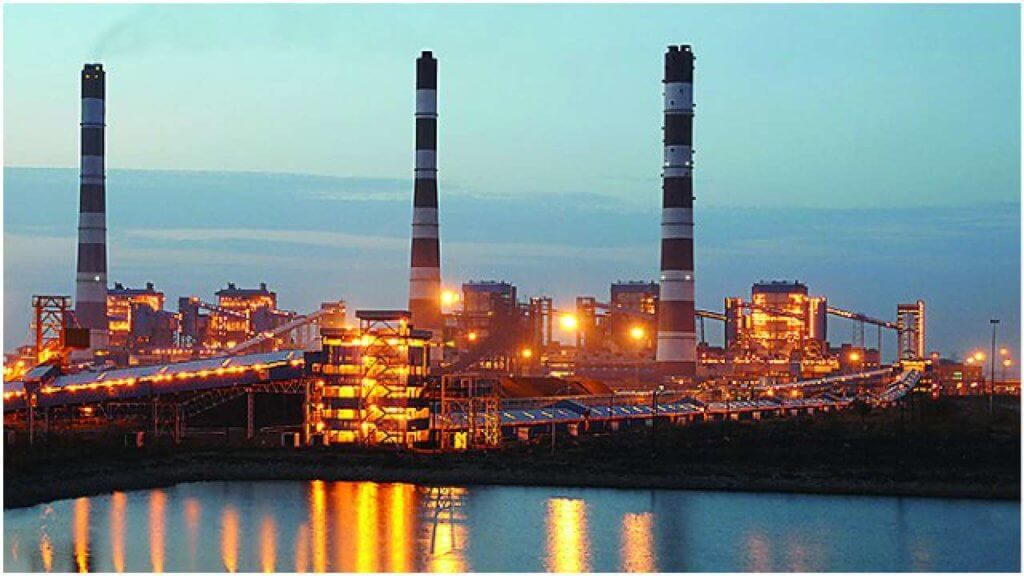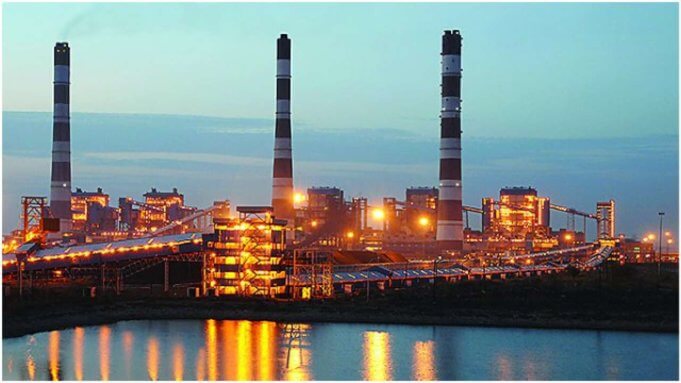 NTPC Dadri is aiming to become the cleanest coal-fired plant in the country and complying with all the CPCB guidelines on emissions.
NTPC Dadri is aiming to become the cleanest coal-fired plant in the country and complying with all the CPCB guidelines on emissions.
All the emission parameters are being monitored online and transmitted to the Central Pollution Control Board (CPCB) on real-time basis.
The flue gas emissions and particulate matter are well within the CPCB norms with high efficiency electrostatic precipitators (ESP) in service in all four units of 210 MW and two units of 490 MW.
Moreover, for SOx reduction, Dry Sorbent Injection (DSI) system has been installed in 210 MW units for the first time in the country with technology from the United Conveyor Corporation, US (UCC) and now all the four units are meeting emission norms.
FGD system is in advanced stage of implementation in 490 MW units by BHEL with technology from Mitsubishi Power Works, Japan.
All the 210 MW units were already compliant to NOx emission norms. In 490 MW units, Separated Overfire Air (SOFA) system has been installed and all the units now comply with the norms for NOx.
NTPC Dadri has also pioneered co-firing of biomass pellets along with coal in the boilers. The pellets are made of husk or agro-residue which would have been burnt otherwise in the fields increasing the pollution in NCR region.
Over 8,000 tonne of pellets have been fired in the boilers of NTPC Dadri, which is equivalent to almost 4,000 acre of farm fire avoided.
NTPC Dadri has also set new benchmarks in water consumption, going beyond compliances, by implementing zero liquid discharge system, and rainwater harvesting system.
The company is also targeting to install sulphur dioxide-reducing technology flue-gas desulphurisation (FGD) at all its plants across the country. It is also working towards various waste to energy projects for a sustainable environment.
The company plans to have a minimum of 32,000 MW capacity through renewable energy sources by 2032, constituting nearly 25 percent of its overall power generation capacity.











